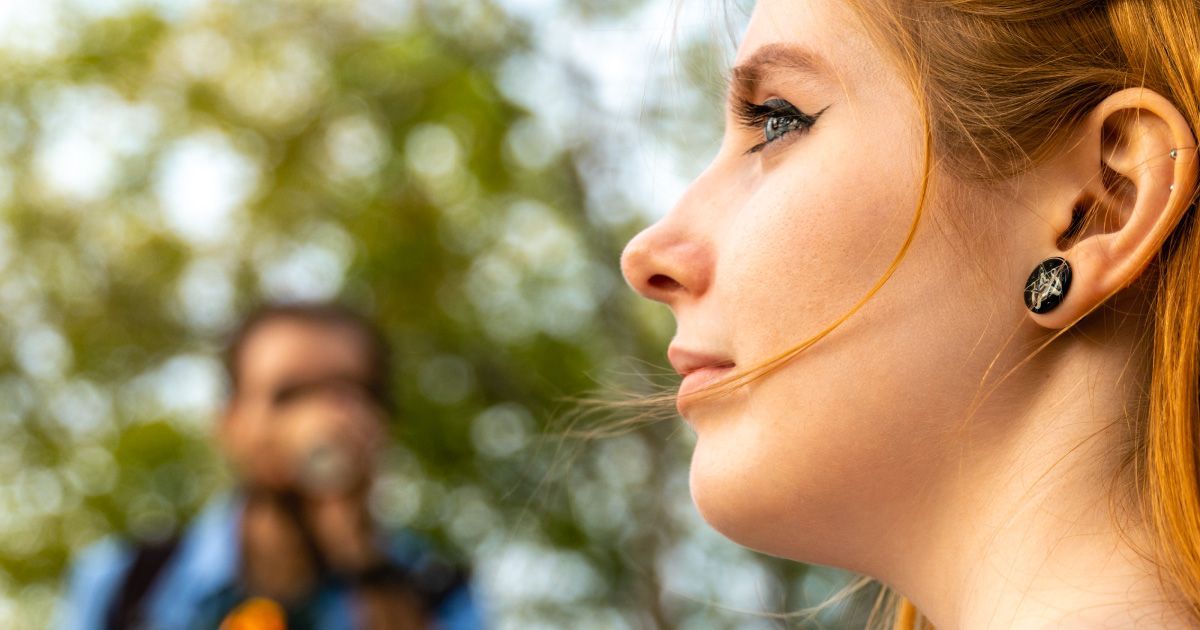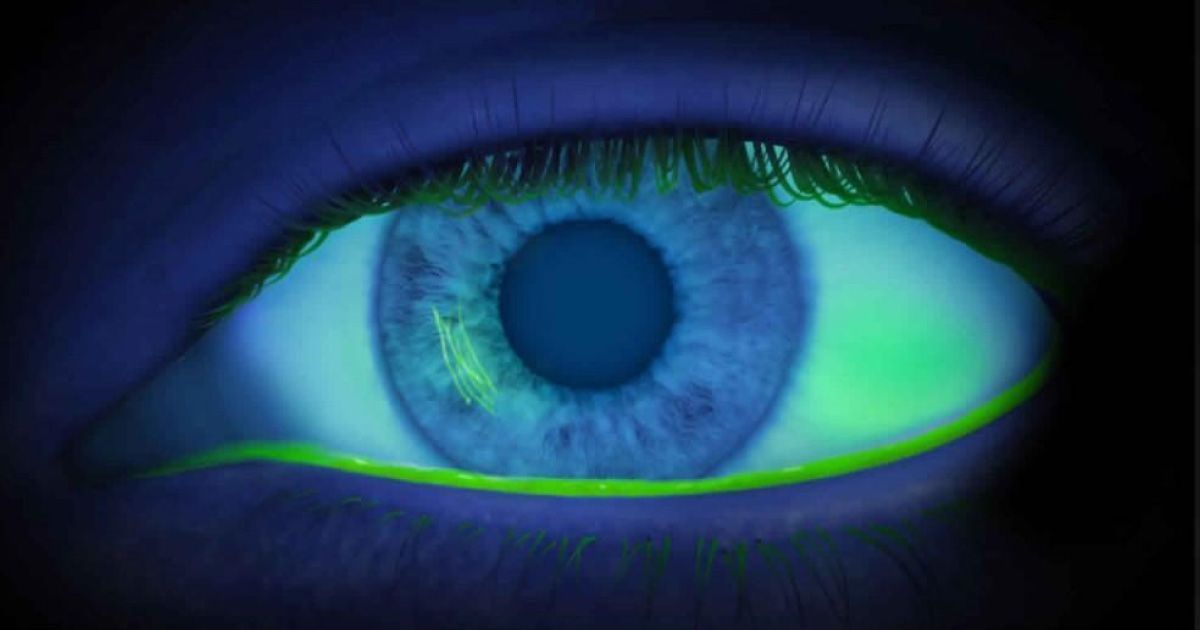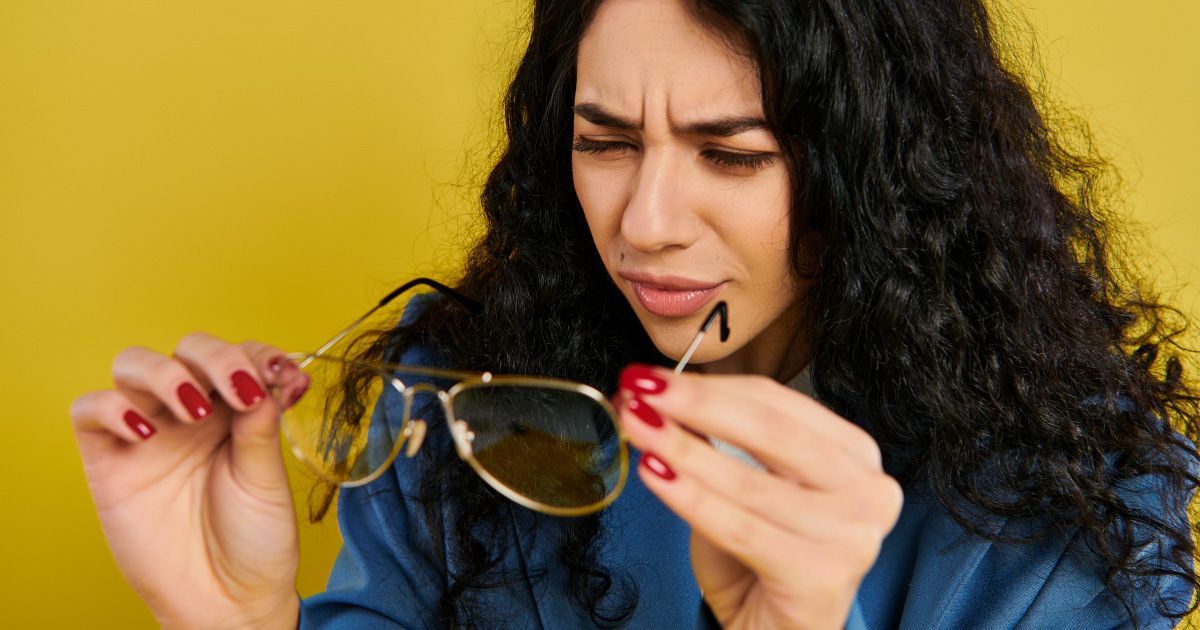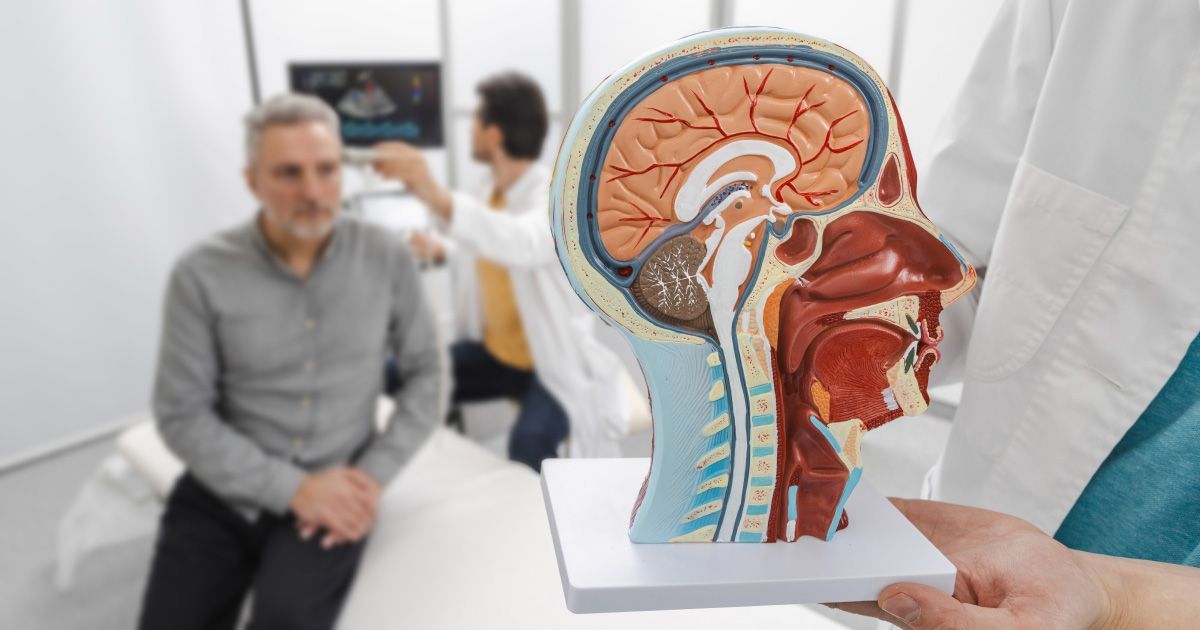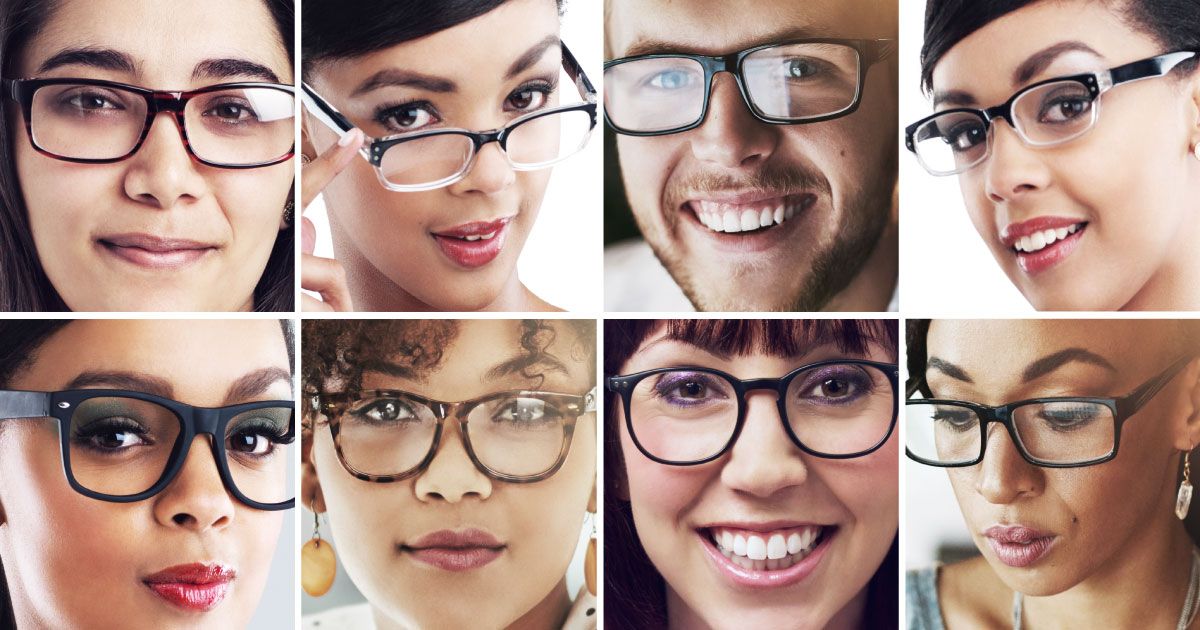The World's Most Common Eye Condition: Myopia
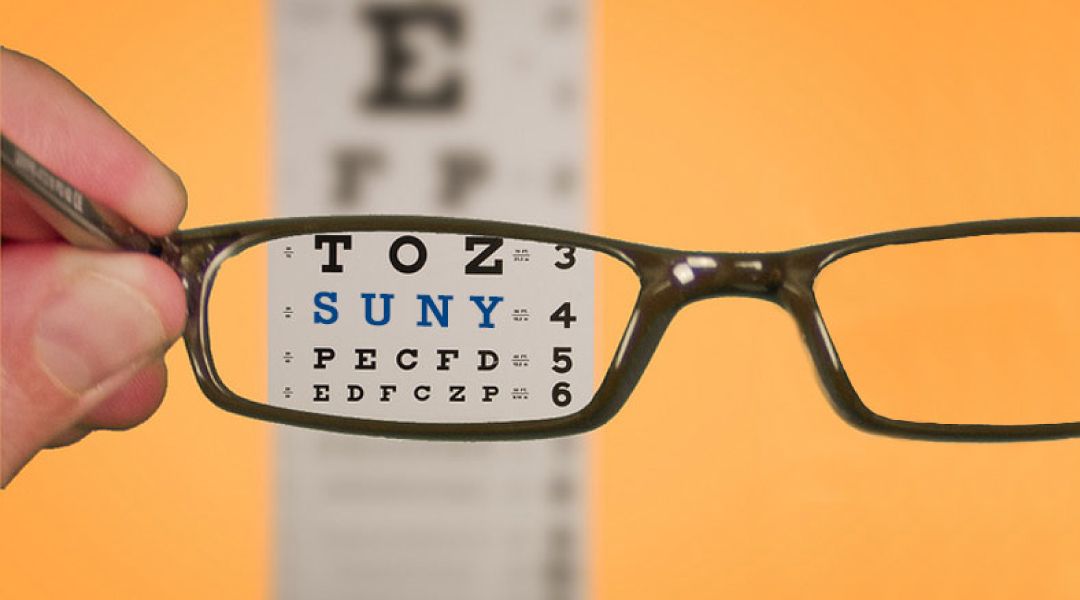
Read time: 4 minutes
Myopia, commonly known as nearsightedness, has emerged as the most diagnosed eye condition worldwide. It's a refractive error that affects the way light focuses on the retina, causing distant objects to appear blurry. Myopia has become increasingly prevalent in recent years, reaching epidemic proportions in some parts of the world.
The Causes of Myopia
Several factors contribute to the development of myopia, including genetics, environmental factors, and lifestyle choices. While genetics play a significant role, environmental factors such as excessive screen time, lack of outdoor activities, and prolonged near work (like reading or using a computer) have been linked to the rising prevalence of myopia. Additionally, early diagnosis of myopia in childhood is crucial because it tends to progress with age if left untreated.
Recognizing the Symptoms
Identifying myopia is relatively straightforward. Individuals with myopia often experience a range of symptoms, including:
- Blurry distant vision: The most common and noticeable symptom is the inability to see distant objects clearly. Myopic individuals often struggle to read road signs, watch TV from a distance, or recognize people from across a room.
- Squinting: In an attempt to improve their focus, myopic individuals may unconsciously squint their eyes, reducing the aperture and bringing objects closer to the eye to make them appear clearer.
- Headaches: Myopia can lead to eye strain, especially during activities requiring clear distance vision. This eye strain often manifests as headaches, which can be particularly troublesome for individuals with uncorrected myopia.
- Eyestrain and Fatigue: Myopia can cause discomfort and fatigue when attempting to focus on distant objects for extended periods. Prolonged reading, driving, or watching a screen can result in tired and irritated eyes.
- Difficulty Seeing at Night: Myopia can exacerbate difficulties in low-light conditions, making night driving or dimly lit environments challenging.
- A Change in Prescription: Myopia often progresses over time. Frequent changes in eyeglass or contact lens prescriptions are a common sign of worsening myopia.
If you or a loved one experience these symptoms, it's essential to consult an eye specialist for a comprehensive eye exam.
Treatment Options for Myopia
The good news is that myopia is a highly treatable condition. Various methods can help manage and correct myopia, depending on its severity and progression. These treatments include:
- Eyeglasses and Contact Lenses: Wearing prescription eyeglasses or contact lenses can provide clear vision by compensating for the refractive error.
- Orthokeratology (Ortho-K): This non-surgical procedure involves wearing specially designed contact lenses at night to reshape the cornea temporarily, providing clear vision during the day.
- Atropine Eye Drops: Low-dose atropine eye drops have shown promise in slowing the progression of myopia in children.
- Lifestyle Modifications: Encouraging outdoor activities, reducing screen time, and adopting good reading habits can help control myopia's progression, particularly in children.
- Refractive Surgery: In severe cases, refractive surgeries like LASIK or PRK can permanently correct myopia.
The Importance of Regular Eye Exams
To address myopia effectively and prevent complications, regular eye examinations are crucial. Early detection and intervention can significantly improve the quality of life for individuals with myopia.
The Global Impact of Myopia
Myopia isn't just a minor vision problem; it has far-reaching implications on a global scale. It's estimated that by 2050, nearly half of the world's population will be myopic if current trends continue. The economic burden associated with myopia in terms of vision correction, medical care, and productivity loss is substantial.
The rise in myopia cases has prompted governments, eye care professionals, and researchers to take action. Public health campaigns advocating outdoor time for children, screen time reduction, and regular eye exams have gained traction.
Myopia in the Digital Age
The digital age has ushered in an era of increased screen time and near work. This trend has been associated with the rising prevalence of myopia, particularly in younger individuals. The blue light emitted by screens and prolonged digital device use can contribute to eye strain and exacerbate myopia symptoms.
To mitigate these effects, experts recommend the 20-20-20 rule: every 20 minutes of screen time, take a 20-second break, and focus on something at least 20 feet away. This simple practice can reduce eye strain and help protect against myopia progression.
Research and Innovations
Researchers are actively working to better understand myopia and develop innovative treatments. Some promising areas of research include:
- Gene Therapy: Genetic factors play a significant role in myopia. Gene therapy is being explored as a potential treatment to correct these genetic factors and reduce myopia progression.
- Customized Treatments: Tailoring myopia management strategies to individual patients, considering their unique factors, is gaining traction as a personalized approach to treatment.
The Takeaway
Myopia is currently the most diagnosed eye condition worldwide, affecting millions of people. Understanding its causes, symptoms, and available treatments is vital for maintaining good eye health. If you or someone you know is experiencing symptoms of myopia, don't hesitate to consult an eye care professional. With the right guidance and appropriate treatment, clear vision can be restored, and the world will once again be seen through the unclouded "windows to the soul." Myopia's impact is far-reaching, and addressing it requires a concerted effort from individuals, healthcare providers, and society as a whole. By raising awareness and taking preventive measures, we can hope to reduce the global burden of myopia and ensure a clearer, brighter future for all.
Book a comprehensive eye examination today!
Share this blog post on social or with a friend:
The information provided in this article is intended for general knowledge and educational purposes only and should not be construed as medical advice. It is strongly recommended to consult with an eye care professional for personalized recommendations and guidance regarding your individual needs and eye health concerns.
All of Urban Optiks Optometry's blog posts and articles contain information carefully curated from openly sourced materials available in the public domain. We strive to ensure the accuracy and relevance of the information provided. For a comprehensive understanding of our practices and to read our full disclosure statement, please click here.



